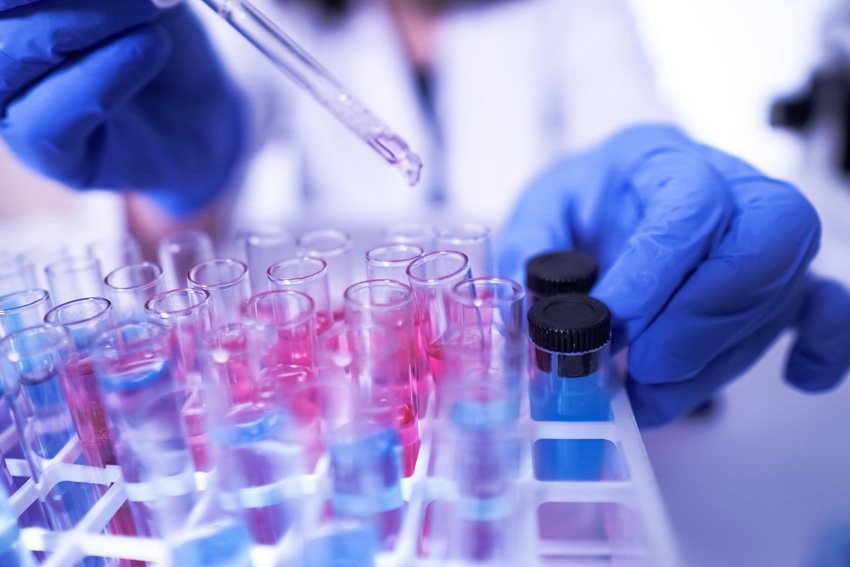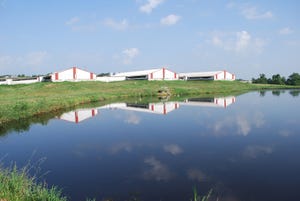Understanding who's immune, where's the virus
Lessons learned from swine medicine could be applied to human medicine amid COVID-19 crisis.

Back in April, I had caught a news piece on television showing how Washington state hospitals were making biosecurity changes to try to keep both patients and staff stay safe from COVID-19 infection. The University of Washington Medicine coronavirus unit had portioned off its COVID-19 ward, creating a hot zone where personal protective equipment was required, and before entering a cold zone, personnel had to be supervised by a "dofficer" to make sure they were "doffing" their PPE correctly and in the right steps.
All of this made me think of the intense biosecurity procedures U.S. pork producers implement each day just to get into their facilities and that the human side of medicine might want to take note from our U.S. swine medicine team, not just on biosecurity but also testing.
"As swine veterinarians, we deal with viruses all the time, whether it's PRRS or whether it's SIV, any pathogen, as veterinarians, the first thing we want to know is if the pathogen is present so we request PCR sampling," says Gordon Spronk, a veterinarian and co-founder of Pipestone System. "We run thousands of PCR samples on our farms every week from our swine populations to determine the presence or absence of virus, but the next test we utilize in swine populations is the immunity test (ELISA) and so in our pig populations, based on results from these two tests, we gain insight and understand if the population has the virus or a previous exposure to a virus. Then we plan our interventions."
Spronk, who spoke this week during a panel discussion on Alltech's ONE Virtual Experience, says he thinks those two tests need to be applied with some due diligence in the United States to not only the agricultural workers who are deemed essential, but they also need to be applied to the communities in general.
"We need to understand who's immune, and where's the virus? Then you can impose the appropriate interventions, and let life go on as we know it, whether it is in the United States or in the rest of the globe," Spronk says. "The next step, at least in my opinion from a veterinary standpoint, we need to get going on testing and testing a lot of people to better understand the epidemiology of this virus. Many decisions are being made now based on an N of 1, we need more data from the population to make better decisions."
While 100% of U.S. pork processing facilities are back open, they're not running at capacity because of the COVID-19 protective interventions that have been put into place for staffing and from a safety standpoint, Spronk says it's going to take time to get from 100% open to 100% capacity. Demand for U.S. pork also needs to be reestablished as 25% of U.S. pork goes to the foodservice sector. Spronk says it's estimated in some communities in the Midwest that 30% of the restaurants will not reopen.
"I think that's more important than actually discussing the structure of the current food production industry. The interventions of COVID-19, at least in North America and specifically the United States, have fundamentally impacted how we knew life as we knew it before the 1st of March," Spronk says.
This is an unprecedented, uncharted time for U.S. pork producers, and Spronk recommends for any leader in agriculture and foodservice to lead carefully every day.
"I think one of the things we've learned is in a crisis you don't make the character of you or your company, the character and the culture of your team is simply exposed in a crisis," Spronk says. "It has been said by others to never waste a good crisis, so learn what really are the weak and strong points of your team and build on that."
About the Author(s)
You May Also Like





